The Monza circuit once again plays host to the Italian Grand Prix as the European leg of the F1 season winds down.
The unique high-speed track requires, from all teams, a specific approach aimed at maximising aerodynamic efficiency.
Teams adjust their set-ups to emphasise this crucial aspect. What has been notable this year is that most teams have been limited when it comes to modifications specific to the Monza track.
But there are notable exceptions visible in the FIA document that is released every Friday of a race weekend.
Both Ferrari's new front wing for the SF-25 and especially Red Bull's modified floor for the RB21 clearly stand out. Although McLaren also brought an extensive package, Ferrari and Red Bull's modifications are considerably more far-reaching.
The engineers at Ferrari took an obvious gamble. By reducing the flaps of the front wing, offset by a reduced angle of incidence of the flap on the rear wing and the adoption of a beam wing with only one element, they bet fully on the SF-25's already high efficiency on the long straights of the Monza circuit.
During the first free practice, the team conducted a direct comparison between the same configuration as last year and the new version, as described above.
In the second free practice, the choice fell on the latter version. In fact, this is an extreme version of the aerodynamic concept with little downforce.
Viewed by others:
Ride height
Ferrari systematically investigated how low they could set the ride height.
The results showed that with reduced, but less extreme downforce, the control of scraping across the asphalt was more manageable.
The wing with less load proved to be the most suitable for both qualifying and racing, as it did not cause excessive plank wear.
These findings led Ferrari to select exactly this latter wing version as the optimal configuration for the weekend.
Article continues below the image.
Red Bull
Red Bull's modified floor goes beyond Monza-specific optimisations.
The new configuration of the side of the floor not only improves the effect of bottoming out and the control of airflow at the bottom, but also allows for better use of the downforce generated by the floor.
This last feature should not be seen exclusively as an adaptation to the characteristics of this circuit. It is a quest to improve the RB21's balance.
The Milton Keynes-based team, despite having already focused most of its technical resources on the 2026 project, still sees an accurate balance of the current car as fundamental to a more precise determination of the dynamics of the 2026 car.
Also interesting:
WATCH: Ferrari put McLaren under pressure as Antonelli suffers latest Monza alarm
Join RacingNews365's Ian Parkes and Nick Golding, as they discuss the opening day of track action ahead of this weekend's Italian GP!
Don't miss out on any of the Formula 1 action thanks to this handy 2026 F1 calendar that can be easily loaded into your smartphone or PC.
Download the calenderMost read
In this article
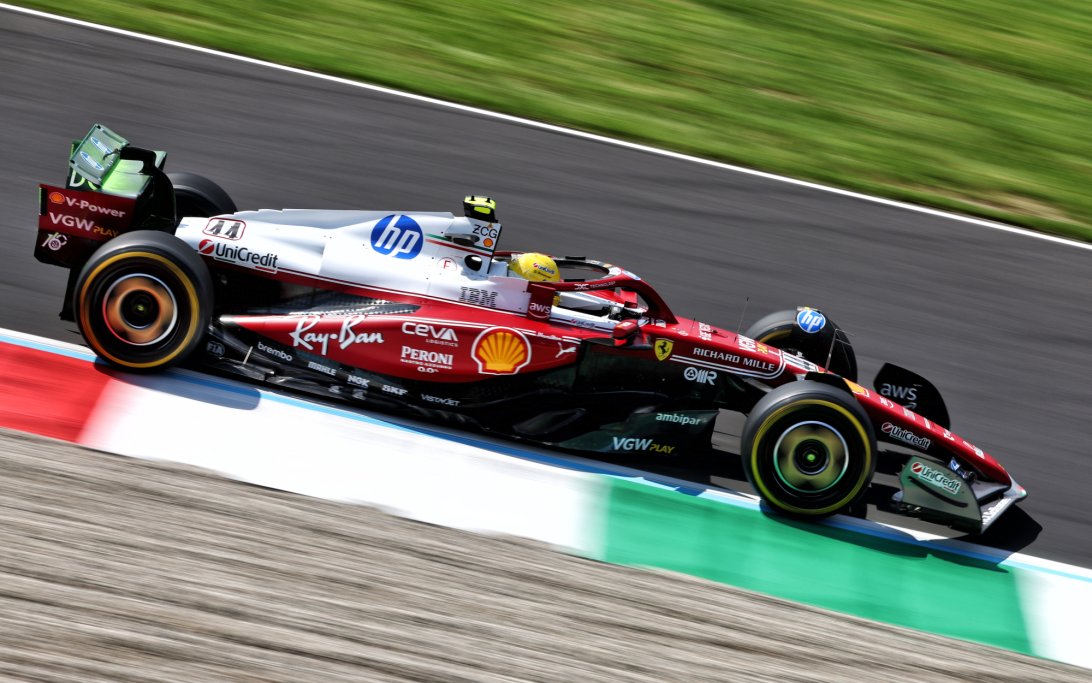
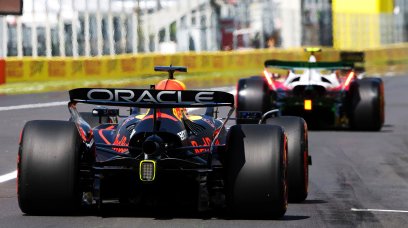
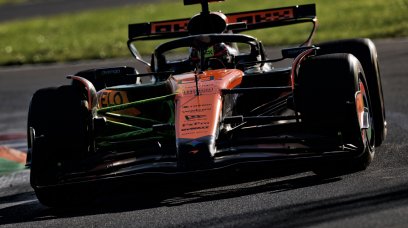
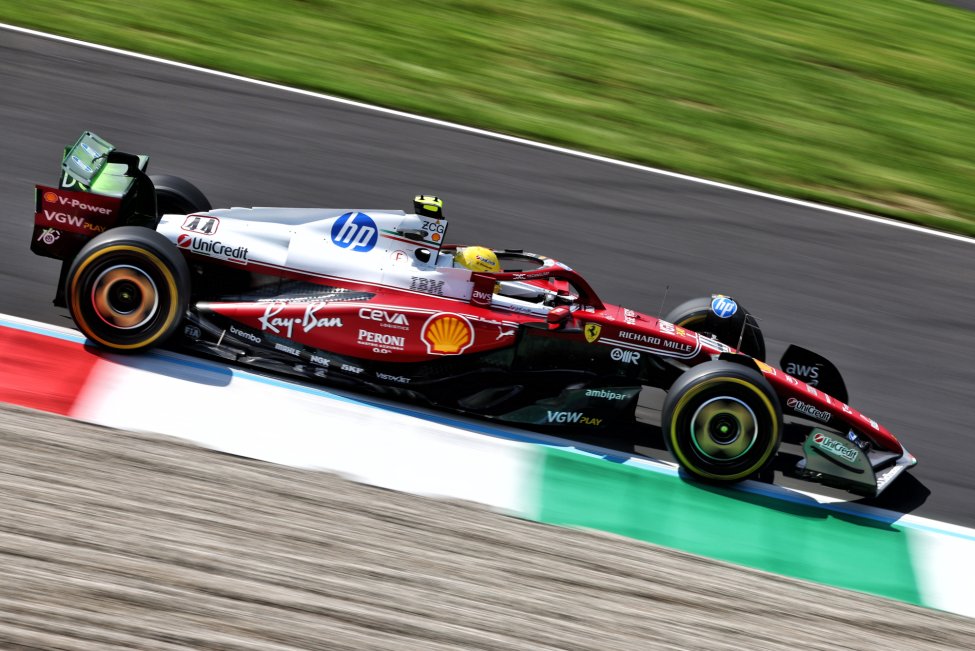
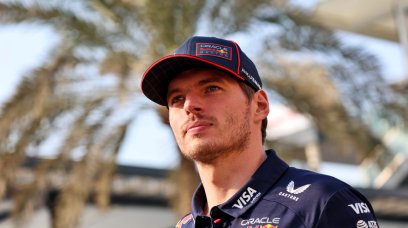
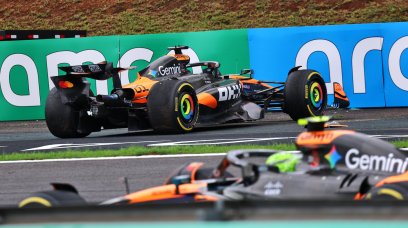

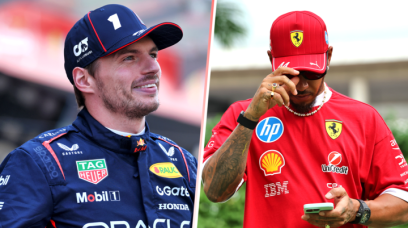

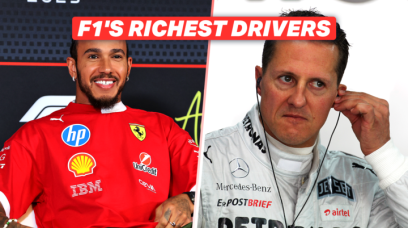
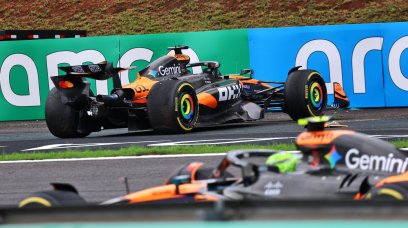
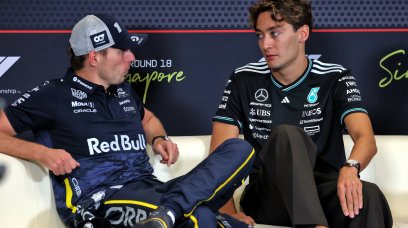
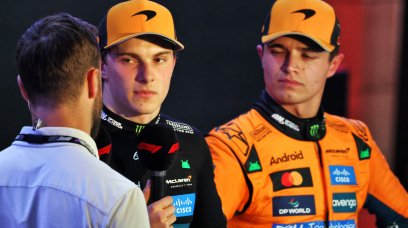
Join the conversation!